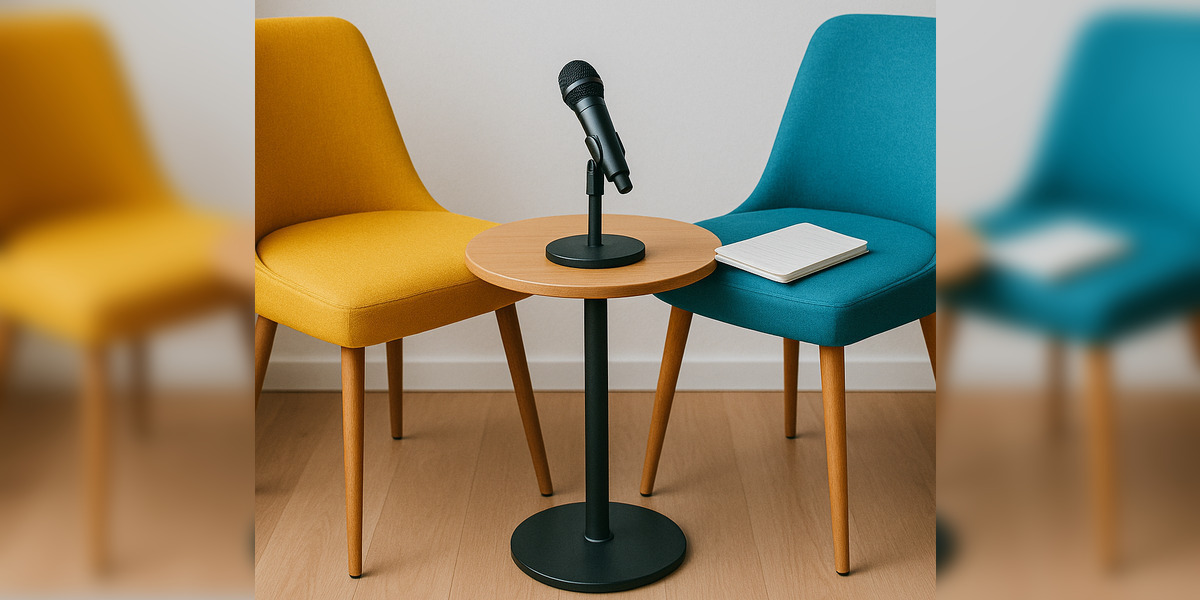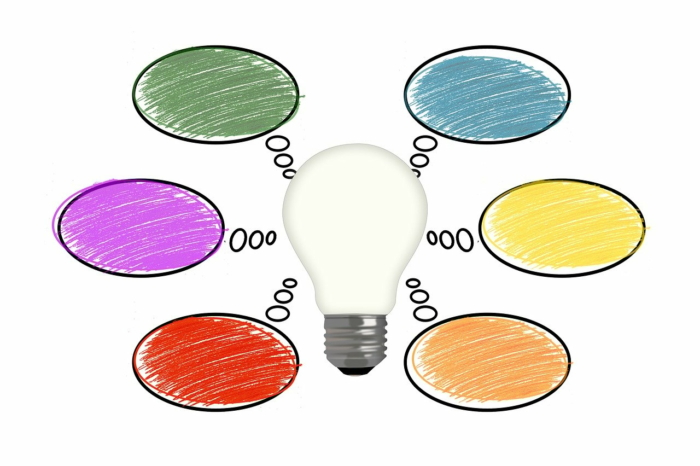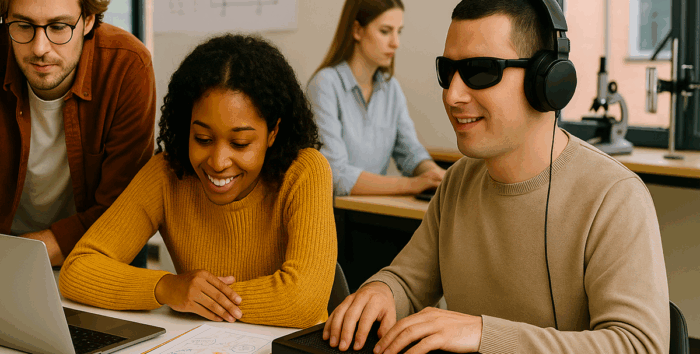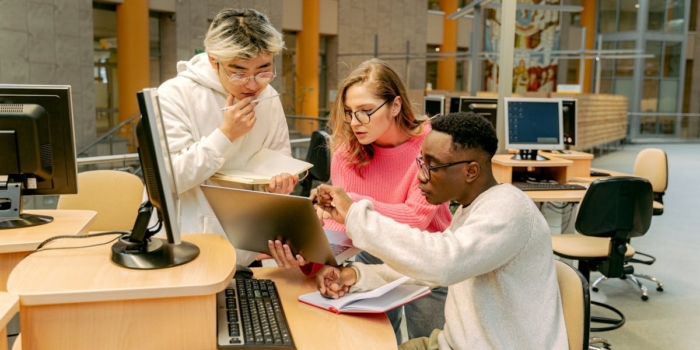To mark Deaf Awareness Week 2025, today we’re sharing the second of two imagined conversations between two Royal Academy of Engineering Visiting Professors, Katy Deacon and Emma Taylor, created with the help of Google’s Gemini AI.
This interview never actually took place, but rather it was created in just 30 minutes using Google’s Gemini AI, drawing on articles written by Katy and Emma. Using AI in this way illustrates just one way that new technologies and approaches can provide content in ways that benefit all engineers, from students to professors. You’ll find the original sources and references linked below.
The first conversation can be found here.
EMMA: Katy, in your experience as an inclusive engineer, what are some common challenges you encounter in ensuring digital products are truly inclusive for deaf individuals? Could you elaborate on how the E-DAP deaf awareness toolkit provides insights or practical solutions to address these specific hurdles?
KATY: One of the key challenges I’ve encountered in the engineering industry is that deaf individuals are often considered as a single group, when in fact the community is incredibly diverse. Some people use British Sign Language as their first language, others rely on lip-reading, speech-to-text services, or prefer written English. That range of communication preferences is frequently overlooked in design processes.
Another common issue is the assumption that captions alone are enough. Poor-quality auto captions or a lack of transcripts can create real barriers to understanding, and visual alerts are often missing altogether—so key information just gets lost for people who don’t access audio.
The E-DAP toolkit is designed to tackle these kinds of challenges directly. It raises awareness of the practical implications of deafness and supports engineers by showing what inclusive communication really looks like in practice. For example, it encourages designers and developers to think about visual alternatives for sound-based notifications, to provide high-quality captions and transcripts, and to engage with deaf users directly. The toolkit doesn’t just highlight problems—it gives tangible actions that can be embedded into everyday practice.
EMMA: How important is it to have a deep understanding of the diverse communication preferences and needs within the deaf community? Can you share how the E-DAP toolkit’s resources on deaf awareness contribute to building this essential understanding and, in turn, lead to more effective accessibility implementations?
KATY: Understanding the breadth of communication preferences within the deaf community is absolutely fundamental to an inclusive society. If we assume every deaf user engages with content in the same way, we risk excluding large numbers of people by default. So this is about more than compliance—it’s about meaningful access.
What I really value about the E-DAP toolkit is that it supports engineers in deepening that understanding. It’s not prescriptive; it presents lived experiences, common barriers, and design approaches in a way that helps shift thinking. For example, it offers clarity around the differences between BSL users and those who use written English, and highlights the impact of language structure on content design. That kind of insight can completely change how someone approaches a digital interface or a user journey.
By equipping engineers with these nuanced perspectives, the toolkit helps ensure that inclusion isn’t an afterthought—it’s embedded from the start.
EMMA: Considering the goal of creating seamless and equitable user experiences, what are some key accessibility features or considerations that engineers should prioritise for deaf users?
KATY: For deaf users, some of the most critical features are often the most overlooked. Things like accurate captions—checked by people, not just generated by machines—transcripts for multimedia content, visual indicators to replace or support audio cues, and clear, jargon-free written content. And when possible, the option for BSL interpretation or integration with sign language services makes a huge difference.
These aren’t just “nice to haves”—they’re essential for equitable user experiences.
The E-DAP toolkit supports inclusive engineering by offering clear, practical guidance on implementing these features. It doesn’t just say what needs to be done—it helps explain why, and offers insight into how it can be achieved. That includes technical tips, language recommendations, and design prompts, all grounded in the real experiences of deaf users.
It’s a resource that helps bridge the gap between good intentions and real inclusion—and that’s exactly what we need more of in the engineering industry.
You can access the Engineering Deaf Awareness Project Toolkit here.
Information from these online resources was input to Gemini AI and used to generate both sets of questions and Emma’s answers:
- https://epc.ac.uk/resources/toolkit/engineering-deaf-awareness-project-e-dap-toolkit/
- We need a million engineers who understand accessibility – Cranfield University Blogs
- Prestigious engineering award win for Cranfield academic
Other links used:
- (14) What does deaf awareness have to do with educating engineers more effectively? | LinkedIn
- (14) Educating risk, enabling deaf awareness | LinkedIn
- (14) Deaf awareness technology for all: from every day to in-orbit space | LinkedIn
- (14) Peer-to-peer engineering: Catalysing mentoring for greater impact | LinkedIn
Katy also used her custom software to support generation of her answers. More information on Katy is here:




